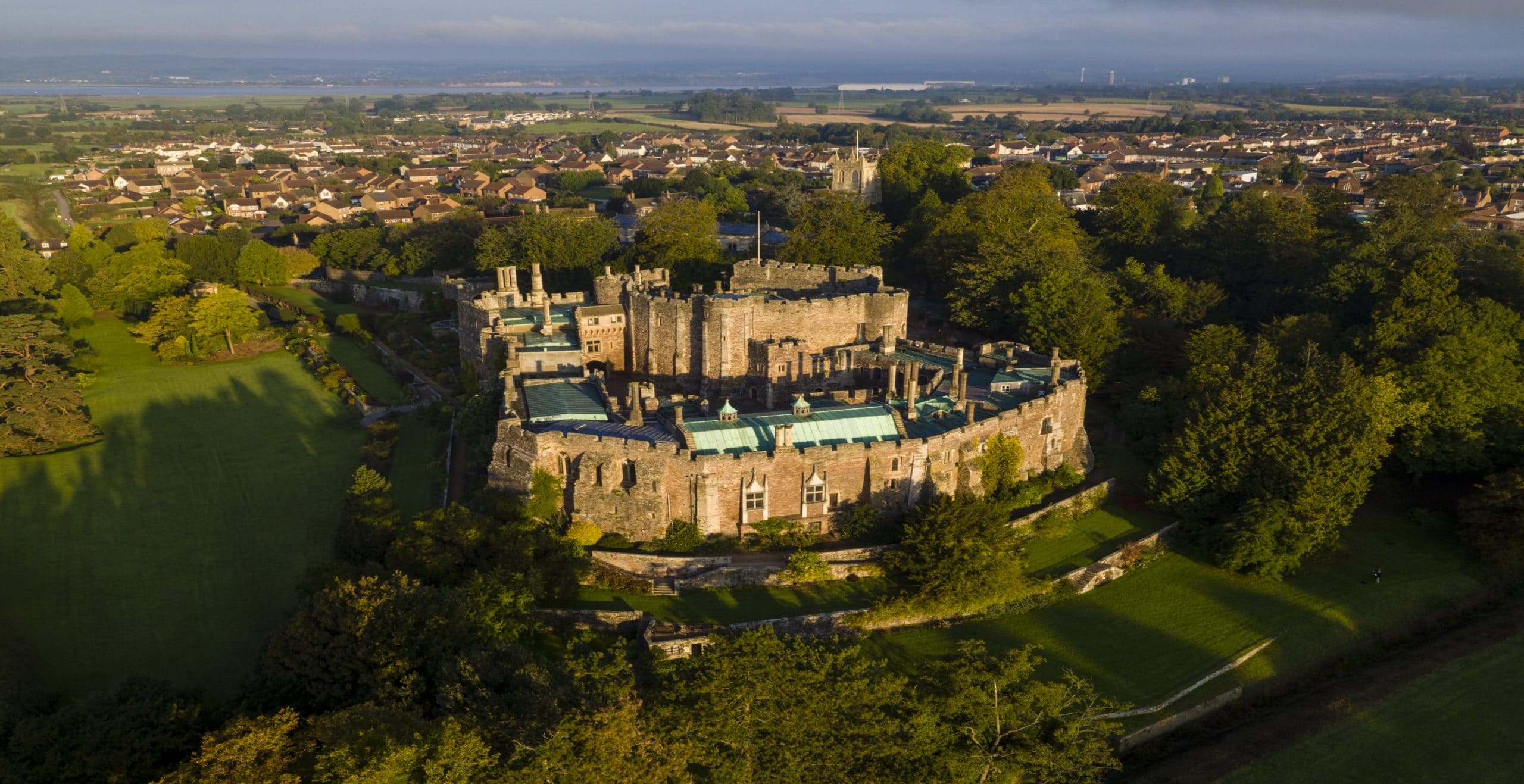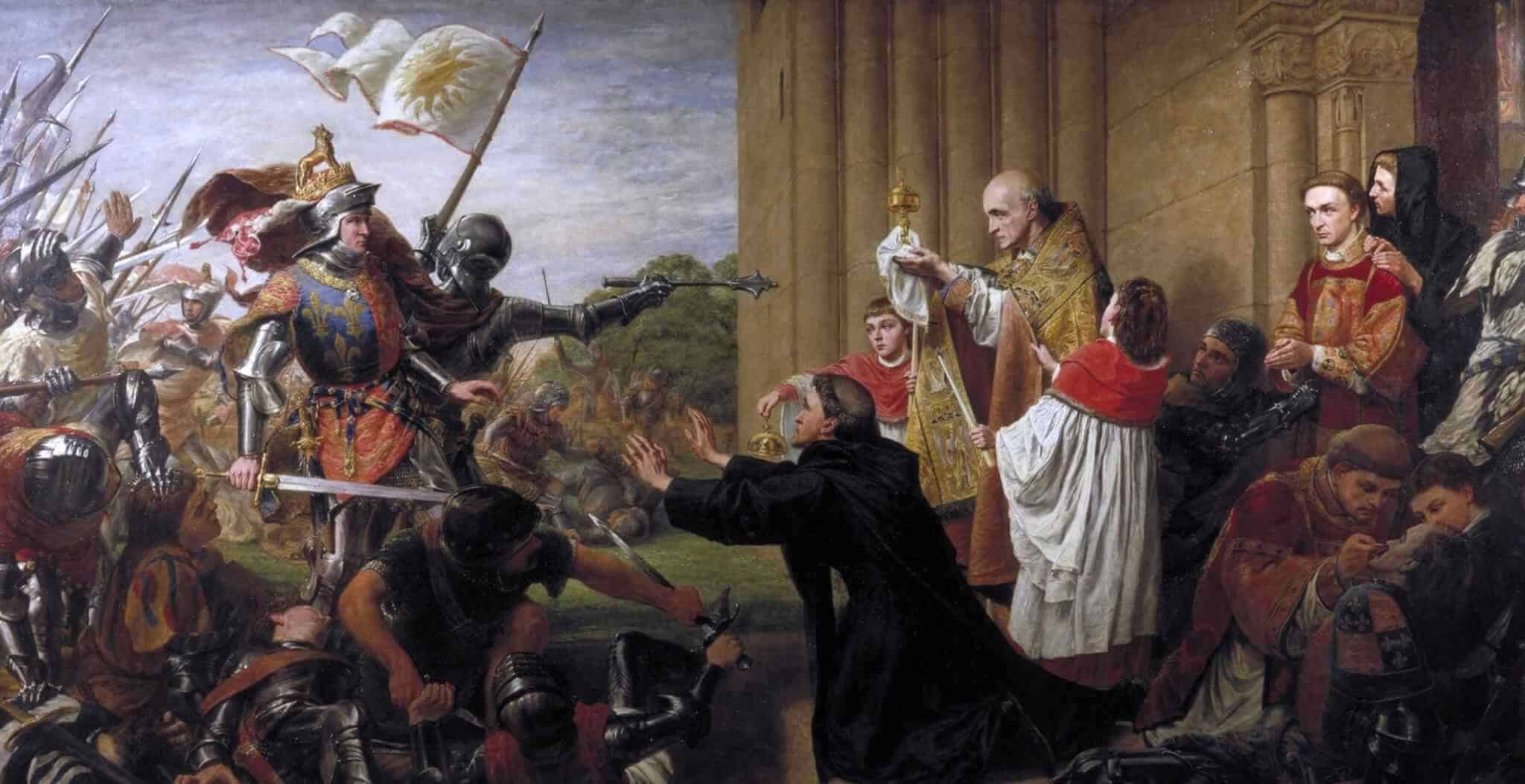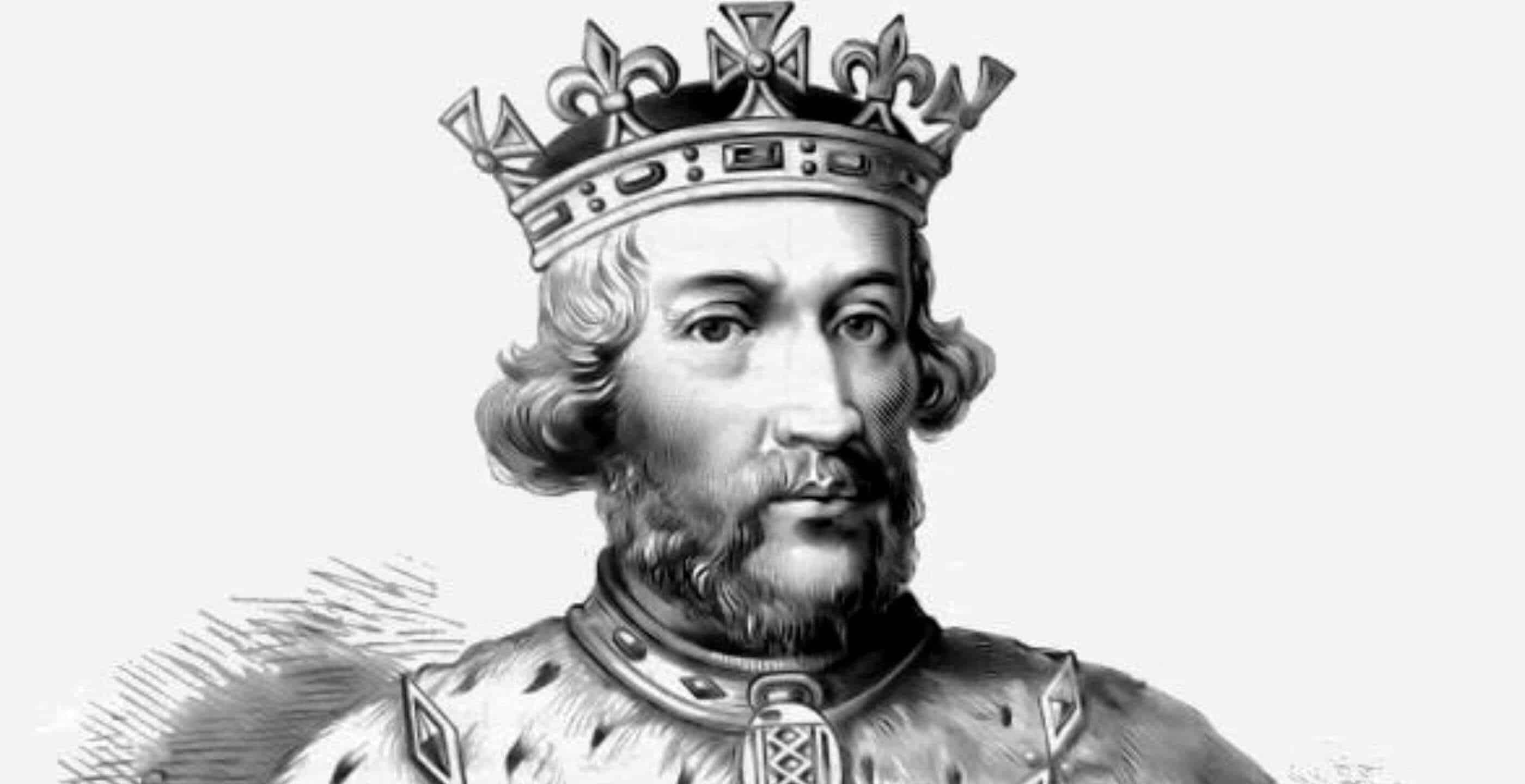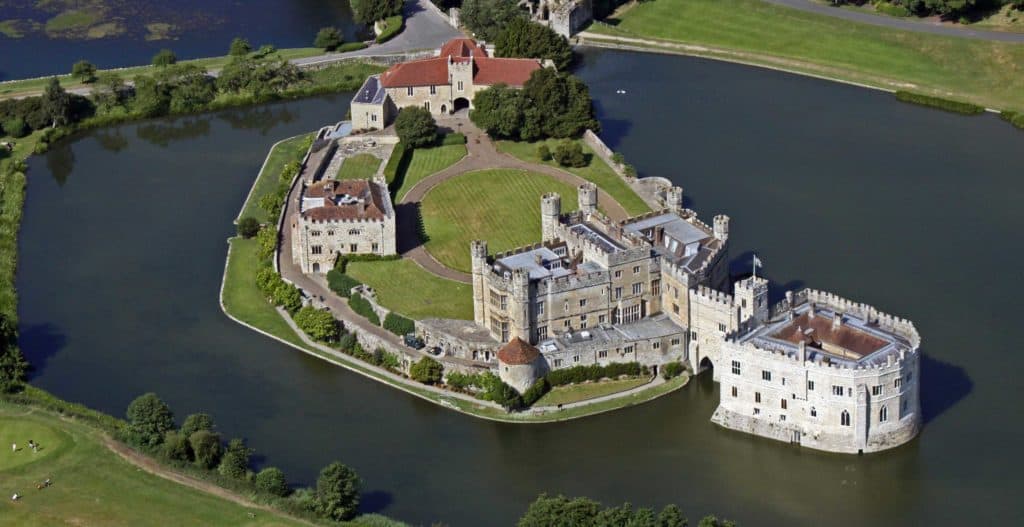Telephone: 01453 810303
Website: https://www.berkeley-castle.com/
Owned by: Berkeley Castle Charitable Trust.
Opening times: Open 11.00-17.00 Sunday-Wednesday from 25 March- end of October (Butterfly House May-September). Closed November-March. Last guided tour at 15.30 and last entry at 16.00. Entrance fee includes admission to the castle, gardens and butterfly house.
Public access: There is a free car park and picnic lawn available. Only special assistance dogs are allowed on the premises. Steps and uneven floors throughout mean there is no wheelchair access. Pushchairs and buggies need to be left at the Castle Keep.
The castle is one of the March Castles, built to keep out the Welsh.
The 12th century stone keep is the earliest remaining part of the castle, its sturdy walls being built around the whole of the motte (mound) on which the original castle was located, to give it extra strength. The keep was completed with defence in mind, for it includes trip steps to catch out the unwary intruder, as well as a guard room. The keep was constructed by Robert Fitzharding (c. 1095–1170), ancestor of the later Berkeley family, who was a wealthy Anglo-Saxon merchant from Bristol. He was granted Berkeley by King Henry II after the period known as The Anarchy, since the original de Berkeley family had not been supporters of the Plantagenets and had subsequently lost their lands.
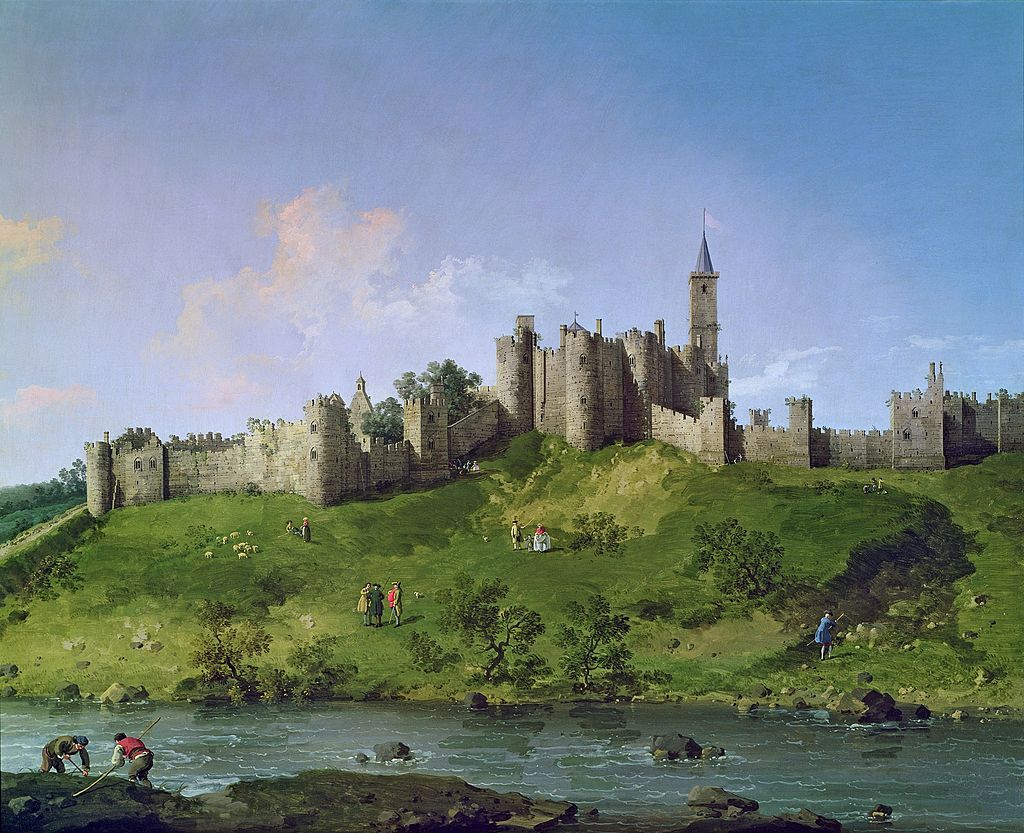
Fitzharding not only reconstructed Berkeley Castle, but also founded St Augustine’s Abbey, which would later become Bristol Cathedral. Fitzharding is notable in that he represents possibly the only example of an Anglo-Saxon noble who achieved a level of authority comparable to that of the incoming Norman aristocracy. The castle was extended by his son and also by Thomas de Berkeley in the 14th century.
In 1327, Berkeley Castle became the scene of one of the most infamous murders in British history. King Edward II was imprisoned in a cell by his former Queen Isabella and Roger Mortimer, and violently put to death shortly afterwards. The dungeon and holding cell thought to be the scene of the murder are part of the keep. The official story was that Edward had died after an accident, and his embalmed body was kept on display in the castle for a month. Other monarchs, such as Elizabeth I, visited under happier circumstances. Elizabeth is said to have played bowls on her visit! The visible breach in the castle wall was made during the English Civil War in the 17th century. The castle was held at various times by both Royalists and Parliamentarians, and the damage done by Parliamentarian forces remains to this day.
